9 Easy Tips To Save Water In The Bathroom
To support the running costs of Moral Fibres, this post contains affiliate links. This means Moral Fibres may earn a small commission, at no extra cost to readers, on items purchased through these links.
Looking for some tips to save water in the bathroom? Try these nine easy ways to sustainably save.
Most of us are so used to the idea of always having fresh and clean water at hand, that we’ve forgotten how important it is to conserve it. Yet water is our single most precious resource – without it, there would be no life on earth – and every drop most definitely counts.
The good news is that there are some really simple water-saving habits you can adopt to significantly reduce your water usage. Not only will you contribute to the global effort to conserve this precious resource, but you’ll also enjoy lower utility bills. Saving water in the bathroom is a win-win for both you and the environment.
My Easiest Tips To Save Water In The Bathroom
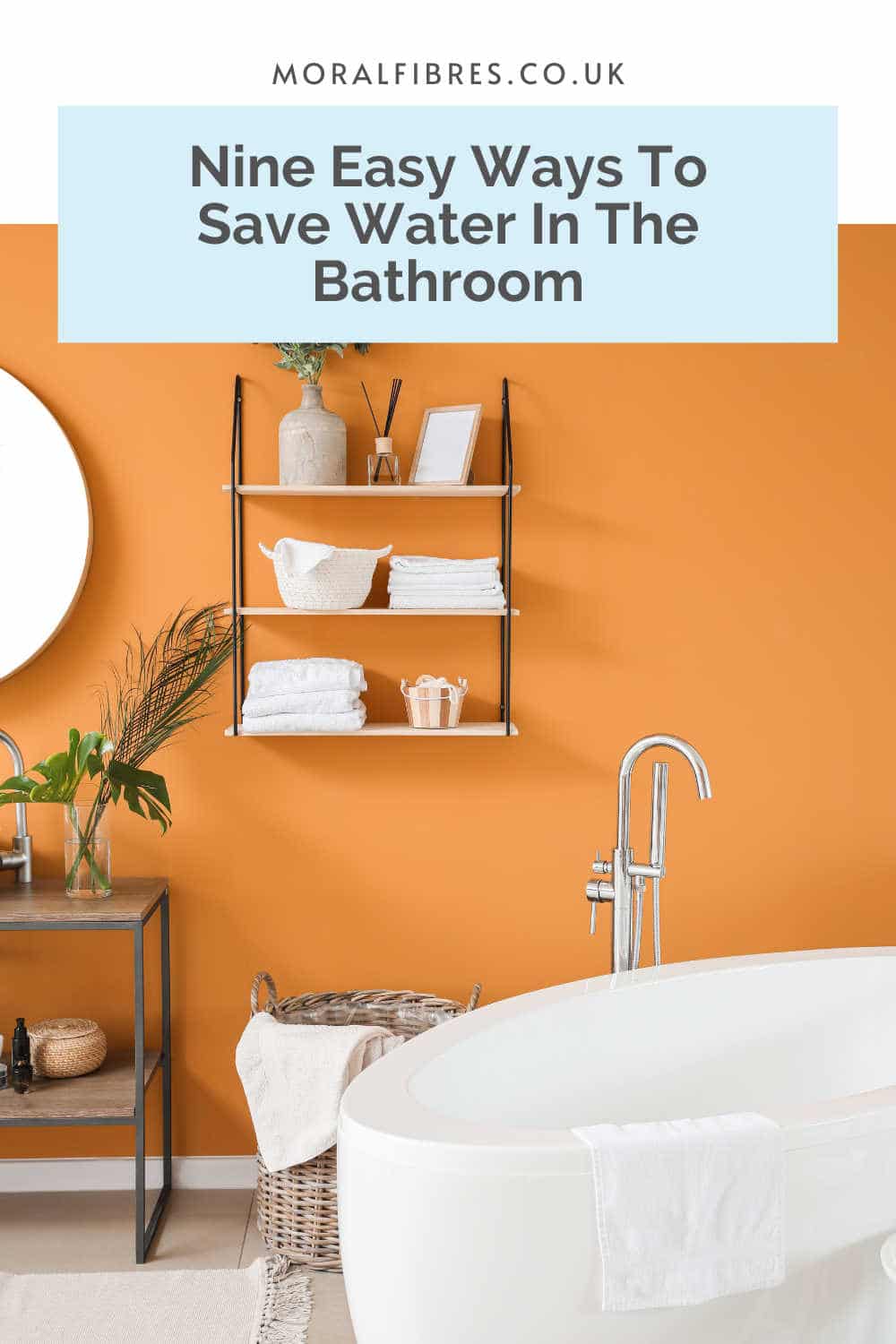
Here’s what you can do to help save water in the bathroom, area by area, without too much leg work:
Bathroom Sink
Water comes out of the average tap at almost ten litres per minute. Don’t let all that water go down the drain while you wash your hands, brush your teeth, or shave!
When you brush your teeth, turn off the tap after you wet your brush, and leave it off until it’s time to rinse. When shaving you can gather a bit of water in the sink and use it to rinse off your razor. Similarly, when you’re washing your hands, you can turn the tap off after you wet your hands up until you need to rinse. These small habits soon add up and can save several litres of water throughout the day.
Another key thing to do is to regularly check for leaks and drips. Small tap leaks can turn into a huge waste of water over time. Don’t be a drip – make sure to fix them as soon as you hear any dripping sounds.
And if you want to take things up a notch, another thing you can do is install aerators on your taps and showerheads. These clever devices reduce water waste by mixing air with water. This reduces the amount of water passing out of the tap, yet crucially doesn’t feel like less water is coming out.
In The Shower
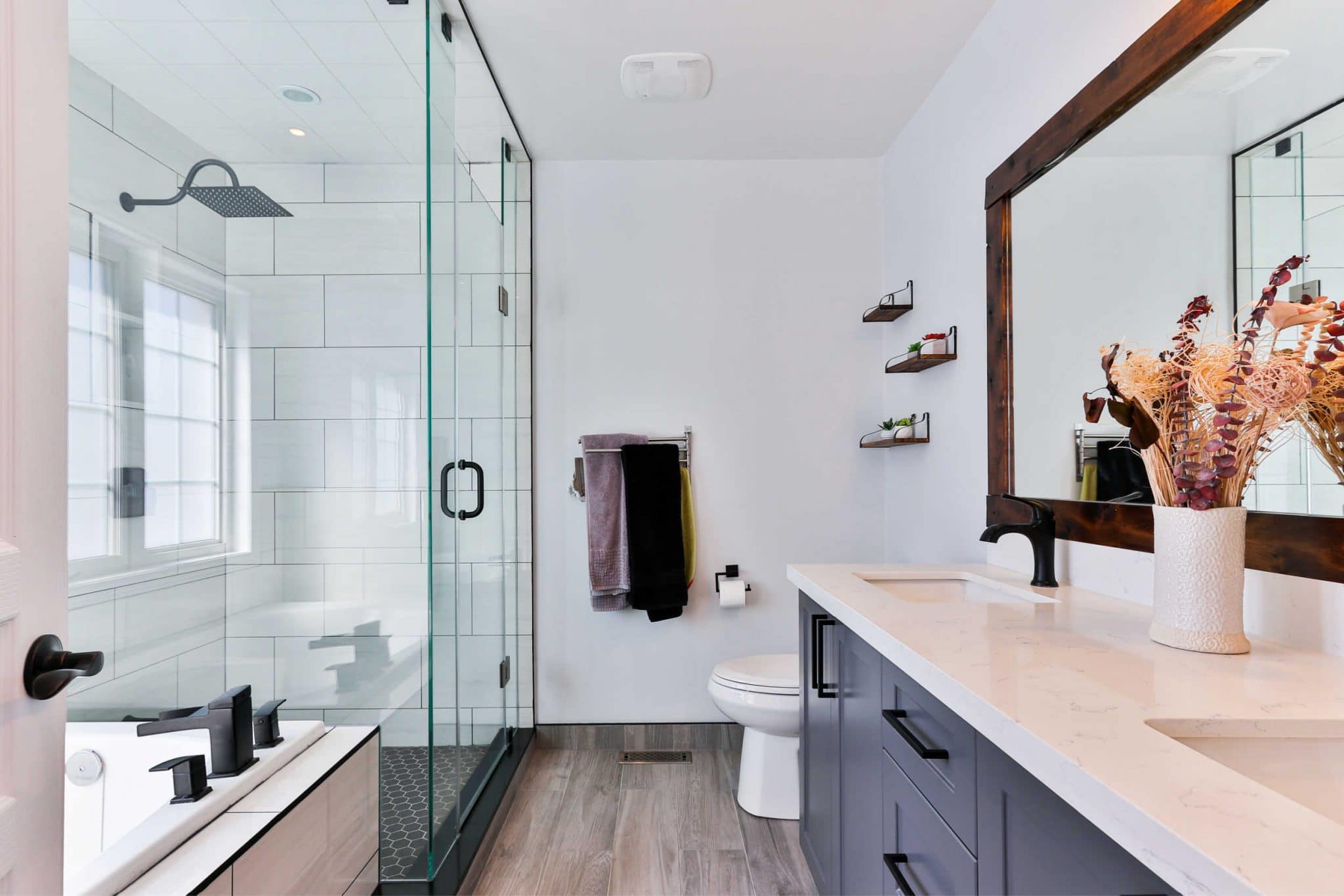
Showers and baths usually take up most of our home’s water consumption, so it’s best to concentrate on these parts of the bathroom the most.
One of the easiest things you can do to save water is simply limit your shower time. You can install a clock or timer in the bathroom. Alternatively, there’s no need to buy something. You could find a song that lasts about 5 minutes and get out when the song’s over.
If, like us, you have a combi-boiler, you may need to run your shower or taps for a little while to warm the water up. One way to not let that cold water go to waste is to pop a clean bucket in the bath or shower to catch the water. You can then use that water to water plants or flush the toilet.
In The Bathtub
Showers should be your number one choice to save water, but if you enjoy a bath too much to renounce them completely, then there are ways to conserve water in the bath too. For instance, you don’t have to fill up your tub completely. Instead, fill the tub halfway for a bath that’s still luxurious, yet easy on the water.
On The Toilet
One of the most efficient ways to save water in the bathroom is to install a low-flow toilet the next time you upgrade your bathroom. These modern water-saving toilets can save you as much as 60,000 litres of water a year.
Dual-flush toilets are another toilet to consider. These offer two flush options: a low-volume flush for liquid waste and a high-volume flush for solid waste. This choice can cut water usage in half.
It’s also a good idea to clue your family up on what you can and can’t flush down the toilet. For example, wet wipes, including those labelled as fine-to-flush shouldn’t actually be flushed down the toilet. By flushing these items, you’re not only using up water on unnecessary flushing, but you’re also risking major plumbing problems.
The Bottom Line
Water is a precious resource, and it’s important to save it wherever we can. Changing just some of our habits when it comes to water use, can save a lot of water, which is a win-win for the environment and can keep your bills low.
Do also check out my post on reducing plastic in the bathroom, which is equally important as saving water.
Found this post useful? Please consider buying me a virtual coffee to help support the site’s running costs.
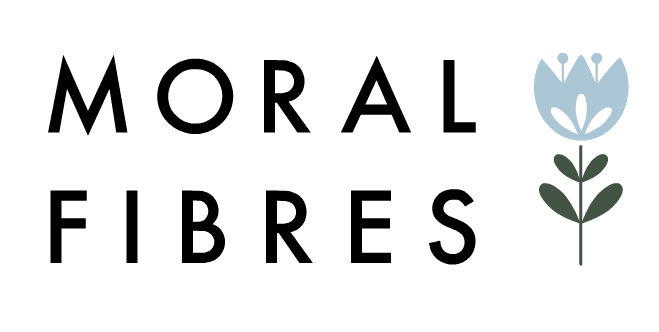
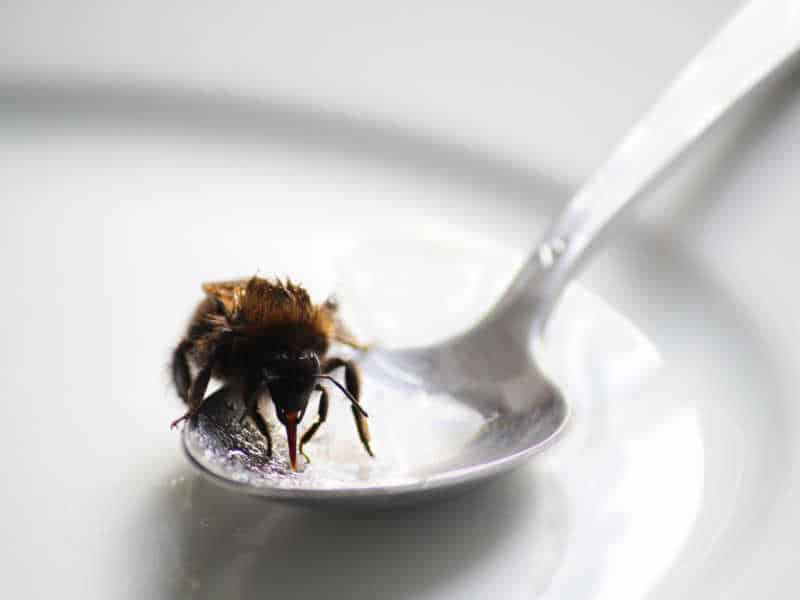
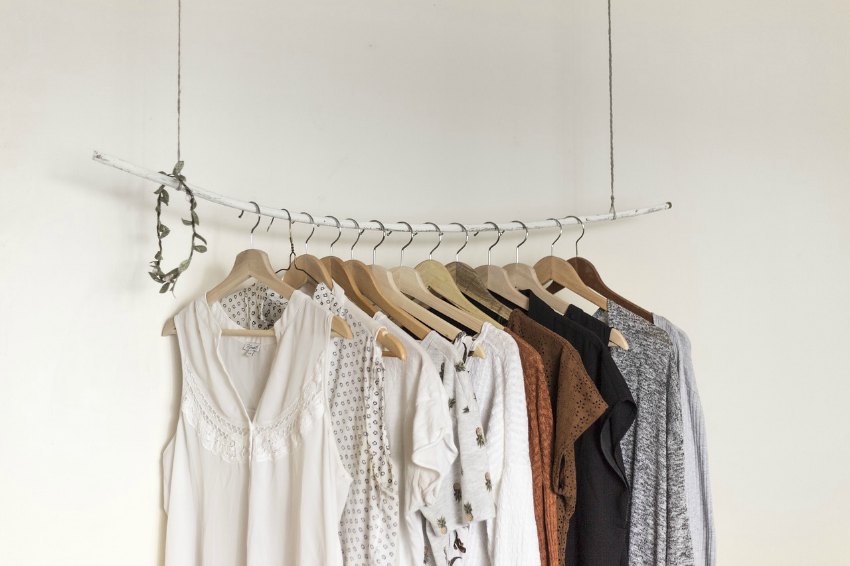
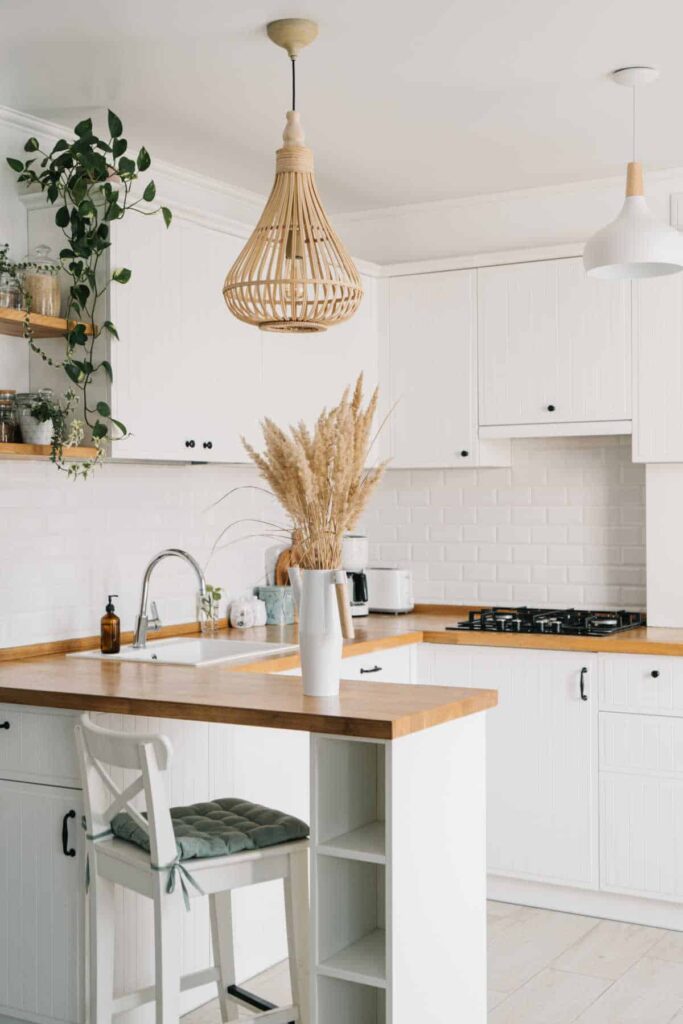
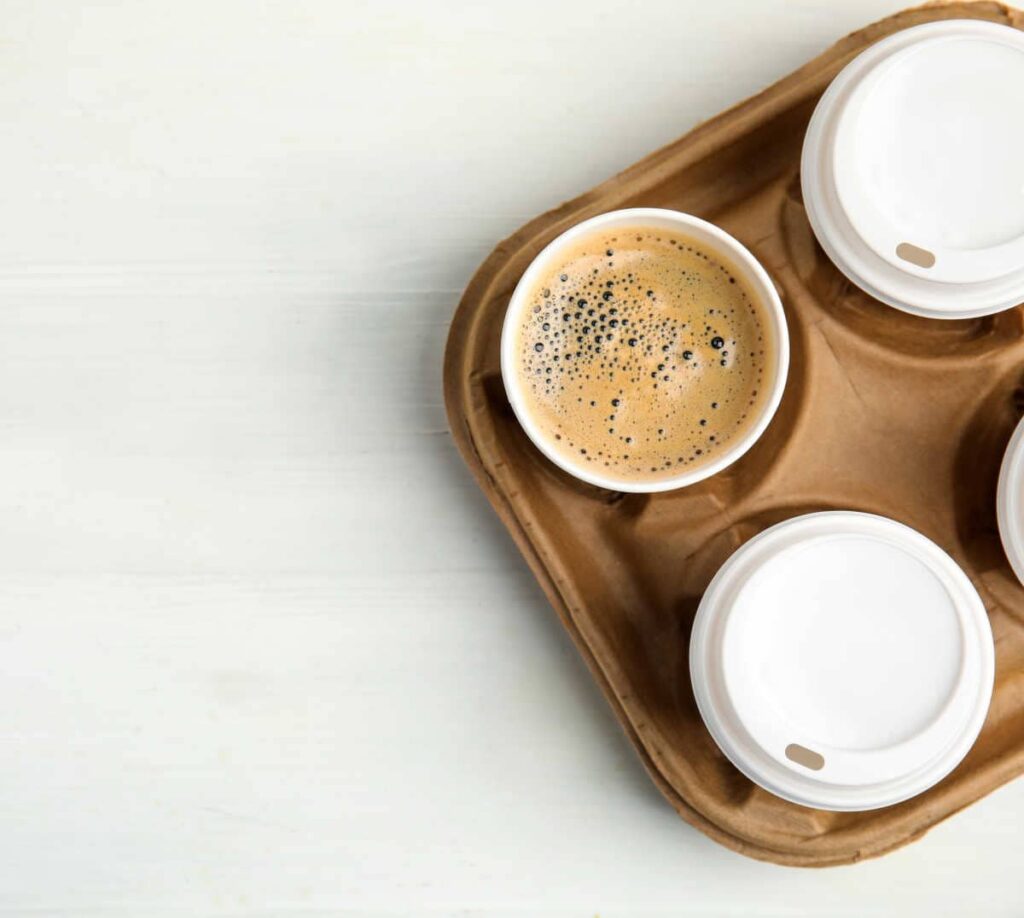
Great post! I do think it’s really important to monitor our habits at home and keep an eye on how much water we use. It’s also important that various sectors also confront their water use, however, like agriculture and the textile industry. Water reclamation and recycling technologies are quite advanced now and can help to save a great deal of water!
Thanks for the great tips. I’ve been thinking recently about how much water I waste, especially when I’m washing dishes or rinsing food… I just end up pouring so much of it down the drain.